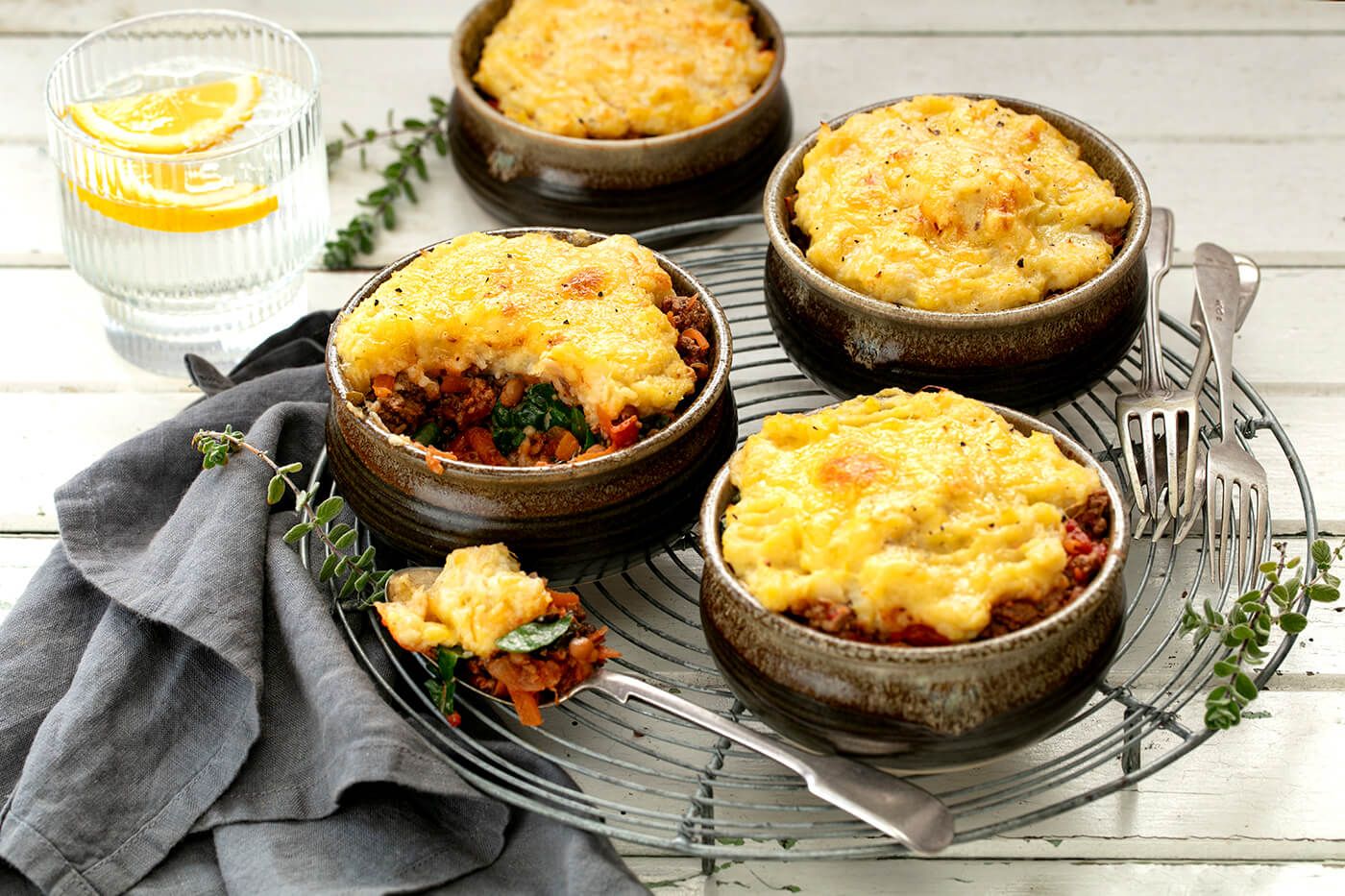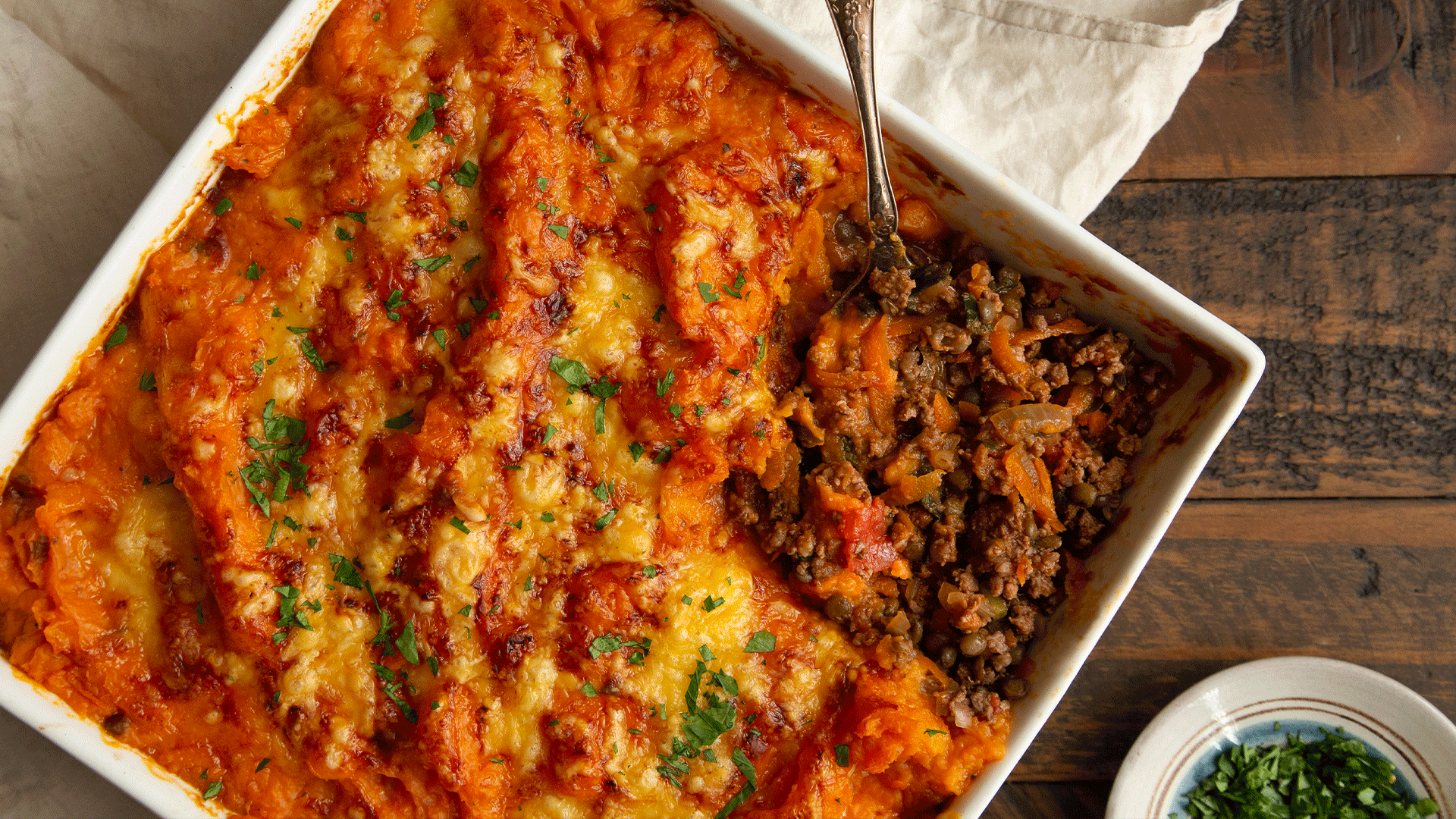Learn
| Nutrition | Three Reasons Red Meat is a Smart Choice
Three Reasons Red Meat is a Smart Choice

Dietary iron is a key micronutrient (meaning a nutrient the body needs in small quantities) that we need to be healthy and on top of our game. Iron has many roles in the body but in particular, it carries oxygen around the body, supports our immune system and helps us produce energy from our food.
What happens if my iron levels are low?
If our iron levels are low, it’s possible to enter the territory of iron deficiency or iron deficiency anaemia. This means we struggle to function properly at many levels, both physically and mentally.
There are some New Zealanders more at risk of iron deficiency than others; these include infants, children and teenagers, pregnant women, menstruating women, athletes and people on restricted or fad diets.
How can I prevent my iron levels becoming low?
Eating a healthy, balanced diet with plenty of different iron-rich foods can help prevent low iron levels. Some food sources of iron, such red meat, can be a smart choice to help keep those iron tanks full.

Here are three reasons why red meat is a smart iron choice
1. Easily absorbed haem iron
Not all dietary iron is the same, there are two types: haem and non-haem iron.
- Haem iron is found in meat, poultry and seafood and is more easily absorbed by the body (by up to 25%). Red meat, such as beef and lamb, are higher in haem iron than white meat or fish.
- Non-haem iron is found in some plant and fortified foods and is less well absorbed (by around 10% absorption). Examples include green leafy vegetables, legumes and pulses and some seeds and fortified cereals (where iron has been added to it, such as Weetbix).
To show the difference, the bioavailability (how easy it is for the body to absorb and use nutrients) of 120g grams of cooked, lean rump beef steak provides around the same amount of absorbable iron as 19 cups of cooked silverbeet! However, on no account do we suggest you give up on the silverbeet.

2. The Magic Factor
In fact, it’s not called the magic factor… it’s the Meat, Fish Poultry (MFP) Factor. When you pair a haem-iron food (such as red meat) and a non-haem iron food (e.g. silverbeet), the magical MFP factor kicks in to help the body absorb up to three times more iron from the non-haem food. If we’re looking at the example above, eating a steak with a side of silverbeet can help you absorb more iron from the silverbeet and maximise the iron absorption from the whole meal. The bonus is you won’t need to eat 19 cups!
On the topic of increasing iron absorption, the vitamin-C content in certain fruits and vegetables (e.g. broccoli, capsicum and tomatoes) can also increase non-haem iron absorption by up to three fold.

3. A lot in a little
Did you know a seven-month old needs more iron than their father? That’s because babies’ brains grow rapidly in the first two years of life, and iron is essential for normal cell growth of the brain and nervous system.
We know certain age groups don’t eat a lot of food (like babies and older adults) and it can be hard to meet daily requirements for many nutrients, especially iron. Therefore, for these groups, it’s important to make sure every bite counts and is packed full of nutrition.
Red meat is a nutritional powerhouse that is relatively light in calories given the amount of high-quality iron (and other nutrients) it provides. This means you can get a lot in a little, which is perfect for small tummies or those with low appetite.

If you’re feeling inspired to whip up a tasty, iron-rich meal check out one of our new iron-rich recipes:
To learn more about why red meat is a smart iron choice click here.

Posted by Beef + Lamb New Zealand









